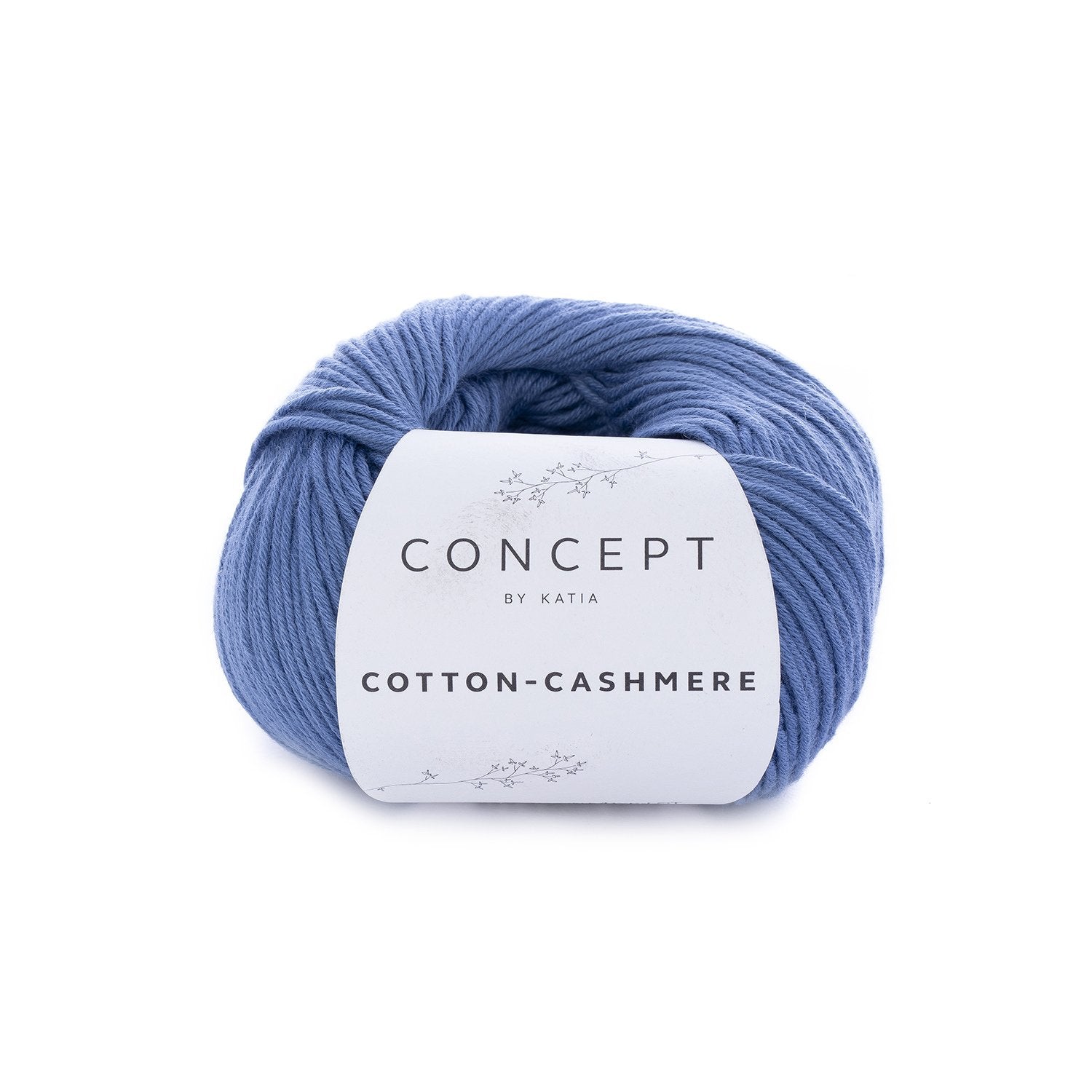Unveiling the Mysteries of cashmere and Its Classic Appeal in Style
Unveiling the Mysteries of cashmere and Its Classic Appeal in Style
Blog Article
Recognizing the Various Kinds of Cashmere an All-natural Fiber and Their Distinct Benefits

The Origins of Cashmere: A Historical Review
While the lavish touch of cashmere remains to beauty contemporary customers, its origins trace back to the harsh, chilly environments of Mongolia and the Mountain ranges. For centuries, the indigenous individuals of these areas have been increasing Capra Hircus goats, the prime resource of cashmere woollen. These goats, resilient against the serious winters, expanded a great undercoat to survive, which later on became understood as cashmere. The name itself pays tribute to Kashmir, a region in India where the wool was originally refined. Much of the very early cashmere trade path was promoted by the Silk Roadway, connecting Asia with the Center East and Europe. Regardless of its global spread, the finest cashmere is still believed to originate from the initial regions of Mongolia and the Himalayas.

The Production Process: From Goat to Garment
Shearing a Capra Hircus goat notes the creation of the intricate cashmere production procedure. This fragile procedure normally occurs yearly throughout springtime. The penalty, soft undercoat is then divided from the coarser outer hair, a process called dehairing. The resultant raw cashmere is after that cleaned to get rid of pollutants such as oil, dust, and veggie matter.
The tidy fiber is subjected to dyeing, spinning, and weaving, or knitting, to change it into a textile. Facility treatments such as quality assurance checks and finishing procedures adhere to, making sure completion item keeps the luxurious requirement expected of cashmere. This meticulous procedure, from goat to garment, warrants the high cost attached to cashmere products, making them a symbol of luxury and refinement.
The Numerous Kinds of Cashmere: An In-depth Evaluation

The Unique Benefits of Cashmere: Convenience and Sustainability
Moving from the variety of cashmere types to the advantages they provide, comfort and sustainability stand out prominently. Cashmere, a natural fiber, is renowned for its unequaled soft qualities, offering a degree of comfort that artificial fibers can't match.
When it comes to sustainability, cashmere is biodegradable and renewable, as it's collected from cashmere goats who regrow their coats annually. what is cashmere. Unlike synthetic fibers which can take centuries to disintegrate, cashmere's effect on the setting is very little. This mix of comfort and sustainability makes cashmere a useful option discover this for aware customers

Taking Care Of Your Cashmere: Maintenance and Preservation Tips
While cashmere is definitely a lavish and sustainable option, it calls browse this site for details treatment to keep its top quality and extend its life expectancy. To start, cashmere must be hand washed using chilly water and a mild detergent. Cashmere products must be kept in a completely dry and trendy area, away from direct sunshine and dampness.
Investing in Cashmere: Understanding Its Worth and Well Worth
Although cashmere might originally feel like a costly investment, its long-term worth and worth come to be apparent when you consider its amazing top qualities. Recognized for its exceptional gentleness and warmth, cashmere is a premium all-natural fiber that outmatches various other materials. Its high demand and minimal supply add to its high price, but its toughness guarantees it lasts for several site web years, using excellent worth for cash. Cashmere items are timeless, usually becoming heirlooms gave via generations. what is cashmere. Additionally, its all-natural protecting buildings give heat without the mass of artificial fibers. Purchasing cashmere, for that reason, is not just about present style fads, yet regarding embracing a sustainable, lasting, and glamorous way of living.
Verdict
In summary, the type of cashmere one selects, be it Mongolian, Chinese, or Italian, is determined by individual preferences for warmth, spending plan, sustainability, and deluxe. Recognizing the origins, manufacturing procedure, and one-of-a-kind benefits of different types of cashmere can lead consumers in their investment in this extravagant all-natural fiber.
Whether it's the outstanding heat of Mongolian cashmere, the cost of Chinese cashmere, or the eco-conscious production of Italian cashmere, there's a story to be found behind each fiber type. Cashmere, an all-natural fiber, is renowned for its exceptional soft qualities, giving a degree of comfort that artificial fibers can't match.When it comes to sustainability, cashmere is sustainable and biodegradable, as it's gathered from cashmere goats that regrow their layers yearly. Recognized for its unmatched soft qualities and heat, cashmere is a premium all-natural fiber that outshines various other products. Recognizing the origins, production process, and one-of-a-kind benefits of different types of cashmere can guide customers in their financial investment in this lavish natural fiber.
Report this page